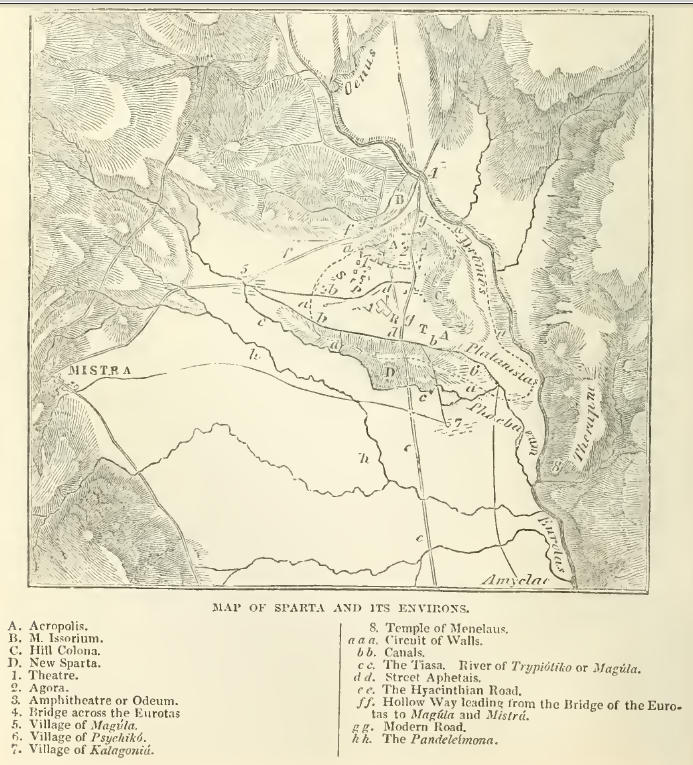Issorion on:
[Wikipedia]
[Google]
[Amazon]
 The Issorium or Issorion (Ἰσσώριον; Issṓrion), or Mount Issorion, was a hill on the northern city border of
The Issorium or Issorion (Ἰσσώριον; Issṓrion), or Mount Issorion, was a hill on the northern city border of
The entry cites Paus. iii.14 §2.25 and §3; Hesych. '; Steph. Byz. '; Plut. '' Ages.'' 32; Polyaen. ii.14.
The entry cites Callim. ''Hymn. in Dian.'' 172; Paus. iii.16 §9; Eurip. '' Troad.'' 1101.
{{Peloponnese-geo-stub
Sparta
Hills of Greece
Temples of Artemis
 The Issorium or Issorion (Ἰσσώριον; Issṓrion), or Mount Issorion, was a hill on the northern city border of
The Issorium or Issorion (Ἰσσώριον; Issṓrion), or Mount Issorion, was a hill on the northern city border of Sparta
Sparta was a prominent city-state in Laconia in ancient Greece. In antiquity, the city-state was known as Lacedaemon (), while the name Sparta referred to its main settlement in the Evrotas Valley, valley of Evrotas (river), Evrotas rive ...
, possibly the heights known today as Klaraki. On it was a sanctuary and temple to the goddess Artemis
In ancient Greek religion and Greek mythology, mythology, Artemis (; ) is the goddess of the hunting, hunt, the wilderness, wild animals, transitions, nature, vegetation, childbirth, Kourotrophos, care of children, and chastity. In later tim ...
, in which context the goddess was surnamed ''Artemis Issoria''. (Or, from the nearby Laconian town of Pitane, ''Artemis Pitanata''; or ''Artemis Limnaea''.)
During the Theban–Spartan War
The Theban–Spartan War of 378–362 BC was a series of military conflicts fought between Sparta and Thebes, Greece, Thebes for hegemony over Greece. Sparta had emerged victorious from the Peloponnesian War against Classical Athens, Athens (431 ...
, circa 370 BC, the Issorium was seized by a group of Spartan mutineers; Agesilaus II
Agesilaus II (; ; 445/4 – 360/59 BC) was king of Sparta from 400 to 360 BC. Generally considered the most important king in the history of Sparta, Agesilaus was the main actor during the period of Spartan hegemony that followed the Peloponn ...
broke up the conspiracy and had fifteen of the mutineers put to death.
References